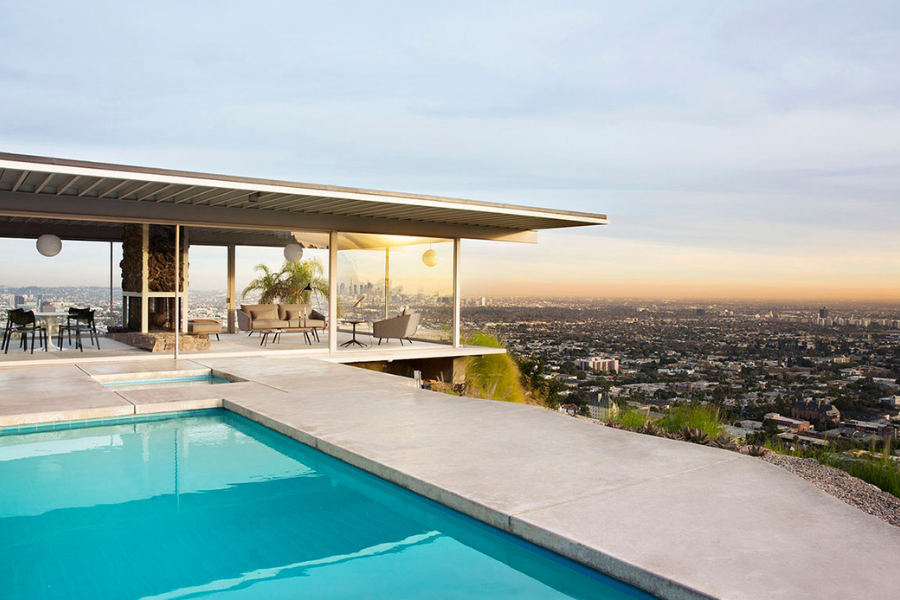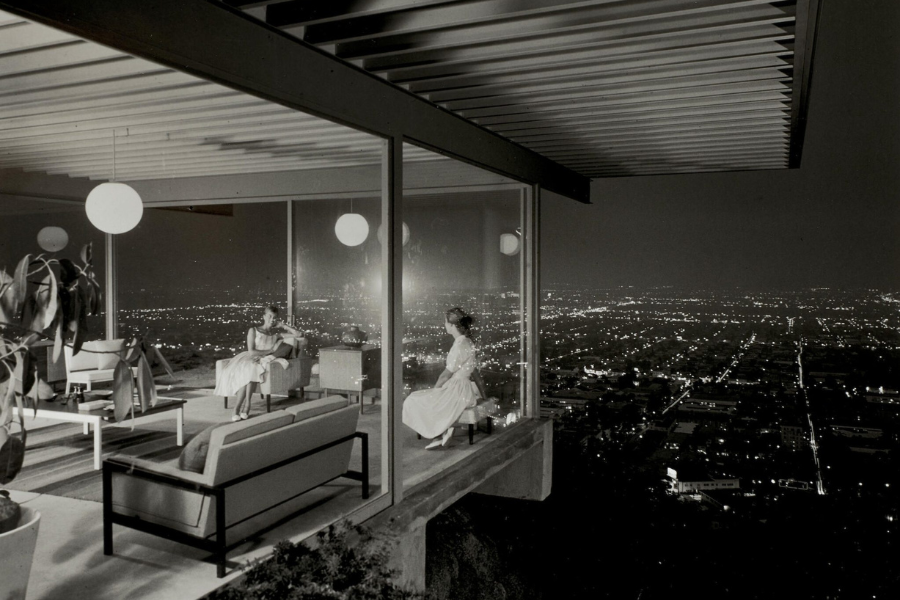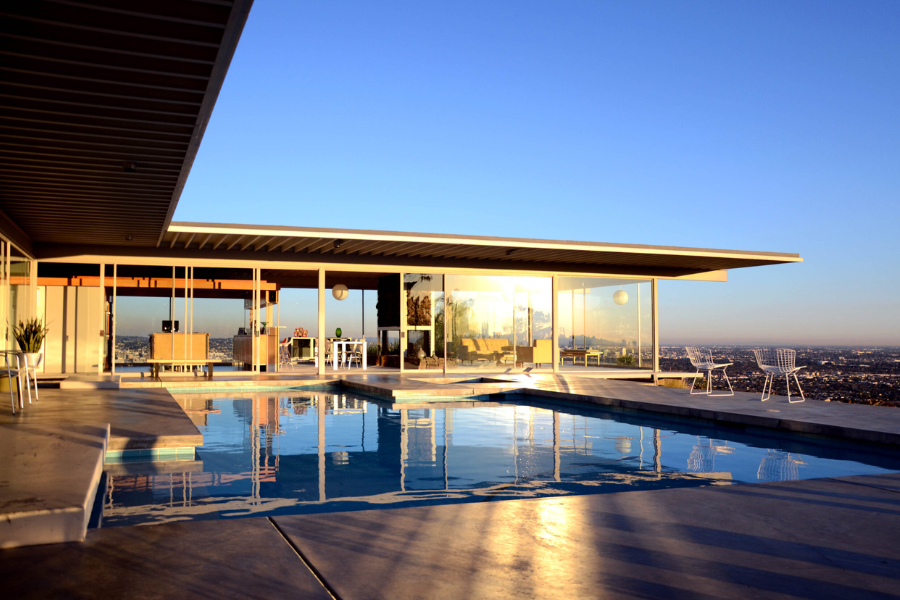The Stahl House, also known as Case Study House #22, is one of the most iconic works of modernist architecture in the United States. Designed by Pierre Koenig in 1959 and completed in 1960, this residence is not only a milestone in the Case Study Houses program but has also become a symbol of contemporary architecture and the mid-20th-century California lifestyle.

The Stahl House was part of the Case Study House Program, an initiative promoted by Arts & Architecture magazine between 1945 and 1966. The goal of this program was to design and build modern, affordable, and functional homes that addressed the needs of post-war American society. Architects were encouraged to experiment with industrial materials such as steel, glass, and concrete to create innovative and accessible housing solutions.

Within this context, Pierre Koenig—a renowned architect known for his focus on steel construction and minimalist structures—was chosen to design the Stahl House, a residence that perfectly exemplifies the principles of modernism: openness, transparency, integration with the surroundings, and functionality.
Located in the Hollywood Hills, the Stahl House was commissioned by Buck and Carlotta Stahl, a couple seeking a home that would maximize panoramic views of Los Angeles. To achieve this, Koenig designed an open-plan house where indoor and outdoor spaces blend seamlessly.
Key Design Features:
- Predominant use of steel and glass: Unlike traditional wood and brick constructions, the Stahl House consists of a prefabricated steel structure and floor-to-ceiling glass panels, creating a sense of lightness and spaciousness.
- L-shaped floor plan: This layout maximizes views and natural ventilation while providing a sheltered patio with a swimming pool, reinforcing the connection with the surroundings.
- Integration of architecture and landscape: Perched on a cliff, the house appears to float above the city, offering a unique perspective of Los Angeles and fostering a direct relationship between interior and exterior spaces.
- Minimalism and functionality: The house follows a minimalist aesthetic, with furniture and structural elements reduced to essentials, free of unnecessary ornamentation.

The construction was completed in a relatively short time thanks to the use of prefabricated materials and industrial assembly techniques. However, the process was not without challenges. The hillside location and the need for solid foundations to support the structure required innovative technical solutions.
Although the Stahl House was conceived as a private residence, it gained widespread recognition with the famous photograph taken by Julius Shulman in 1960. This black-and-white image captures the house illuminated at night, with two women inside, while the city of Los Angeles sprawls in the background. This photograph not only helped solidify Koenig’s reputation and the Stahl House’s prominence but also became one of the most iconic images of modern architecture.

Over the years, the house has appeared in numerous films, advertisements, and Hollywood productions, cementing its status as a cultural icon. It has also been praised by architects and critics for its timeless design and impact on the evolution of modern housing.
Today, the Stahl House remains a landmark of 20th-century architecture. In 1999, it was listed on the U.S. National Register of Historic Places, protecting it from alterations that could compromise its original design. Despite its age, the house has been carefully preserved and continues to serve as a private residence, though it is occasionally opened to the public for tours and special events.
Beyond its architectural significance, the Stahl House remains an inspiration for architects, designers, and modernism enthusiasts. Its ability to harmoniously integrate architecture with the landscape, along with its innovative approach to industrial materials, makes it a model of contemporary design that remains relevant more than six decades after its construction.

